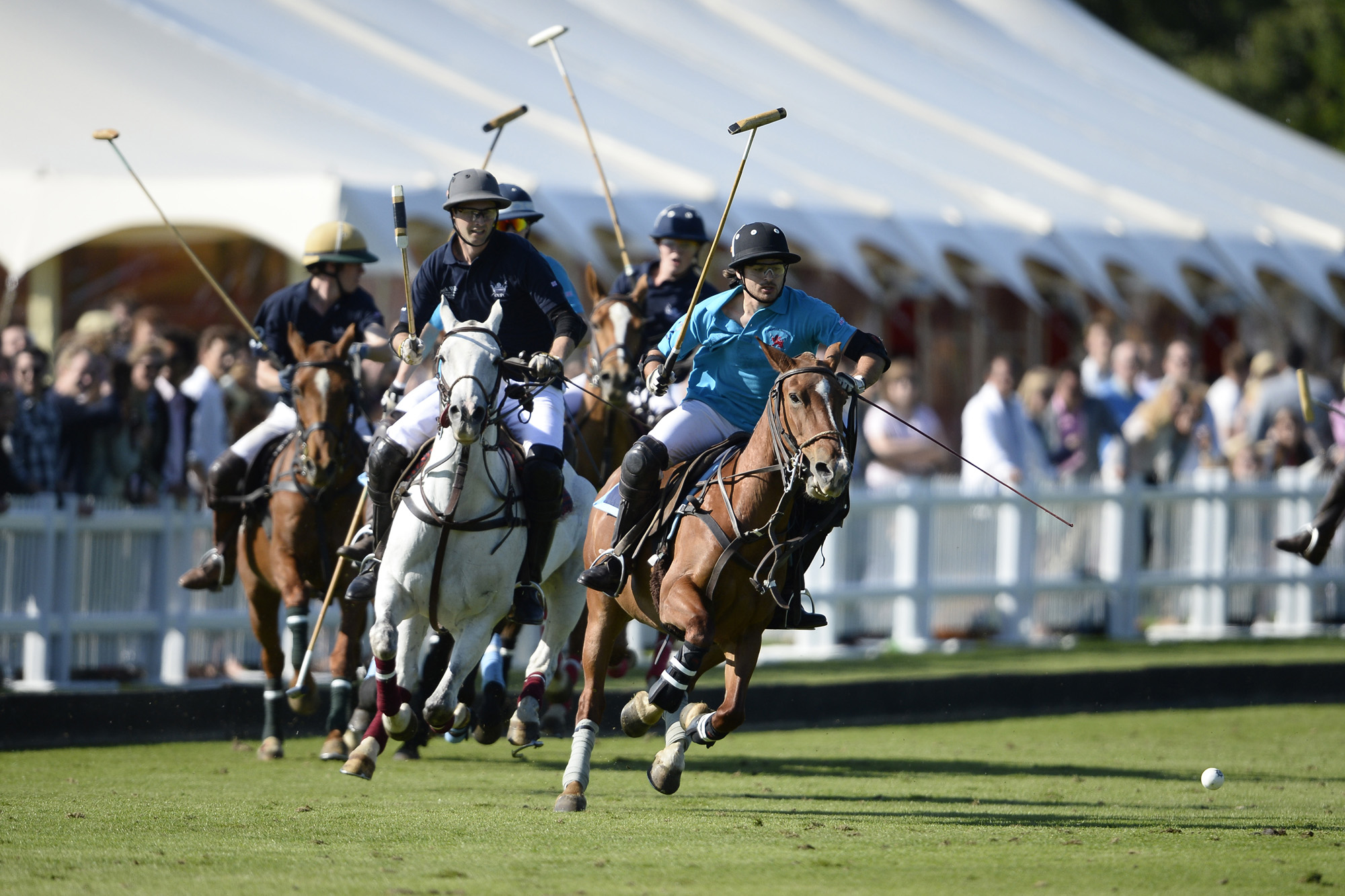How to play polo
- Introduction to Polo
- Understanding Polo Rules: Part 1
- Understanding Polo Rules: Part 2
Introduction to Polo
Recognizing Key Game Positions in Polo

Equestrian team sport.
Polo is a team sport that requires a high level of coordination and understanding between players. Each player has a specific role to play, and the success of the team depends on how well these roles are executed. In this unit, we will explore the different player positions in Polo, their roles and responsibilities, and the skills and attributes required for each position.
Player Positions in Polo
A Polo team consists of four players, each assigned a position numbered from 1 to 4. These numbers are not indicative of the players' skill levels but rather their roles on the field.
-
Position 1: This is the most forward position on the field. The primary role of the player in Position 1, often referred to as the "attack" or "striker," is to score goals. This player must have excellent ball-handling skills and a keen sense of timing to break away from defenders and make successful goal attempts.
-
Position 2: This player is also an attacking player, but with more responsibilities in midfield. The player in Position 2 assists Position 1 in scoring goals while also helping in defense when needed. This position requires a good balance of offensive and defensive skills.
-
Position 3: Often considered the most crucial position, the player in Position 3 is the tactical leader of the team. This player must have a deep understanding of the game and excellent communication skills to coordinate team strategies. They are responsible for both attacking and defending, making key passes, and setting up plays.
-
Position 4: This is the primary defensive position, often referred to as the "back." The player in Position 4 is responsible for preventing the opposing team from scoring goals. This player must have strong defensive skills, including blocking, intercepting, and clearing the ball from the goal area.
Skills and Attributes Required
Each position in Polo requires a unique set of skills and attributes:
- Position 1: Speed, agility, excellent ball-handling skills, and a keen sense of timing.
- Position 2: Versatility, good offensive and defensive skills, and the ability to quickly transition between attacking and defending.
- Position 3: Tactical understanding of the game, excellent communication skills, and the ability to coordinate team strategies.
- Position 4: Strong defensive skills, including blocking, intercepting, and clearing the ball, and the ability to read the game and anticipate the opponent's moves.
The Importance of Teamwork and Coordination
In Polo, teamwork and coordination are just as important as individual skills. The players must work together, leveraging their unique skills and roles to outmaneuver the opposing team. The team that can best combine their individual talents and execute their strategies will have the upper hand in the game.
In conclusion, understanding the key game positions in Polo is crucial for appreciating the game's complexity and strategic depth. Whether you're a player, a spectator, or a Polo enthusiast, this knowledge will enhance your understanding and enjoyment of this exciting sport.